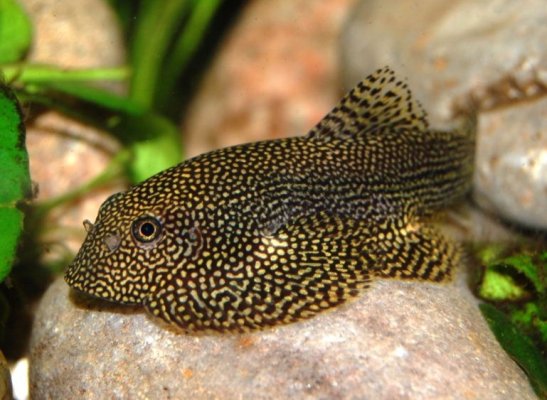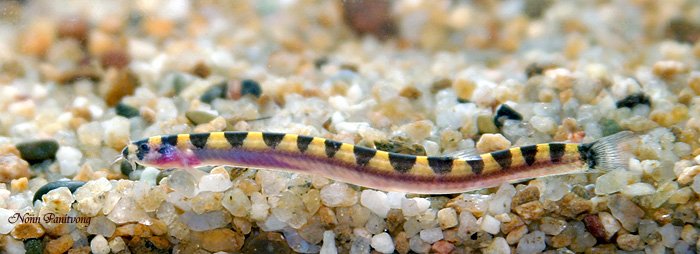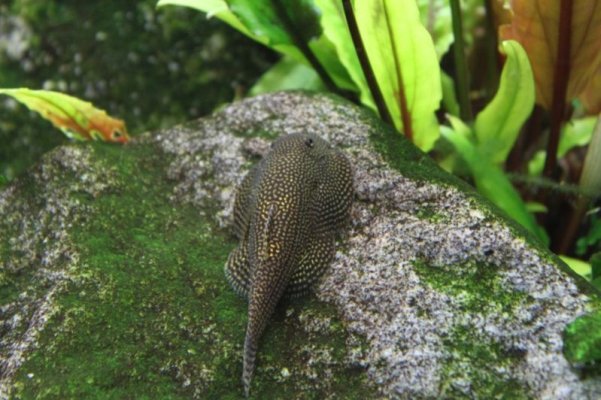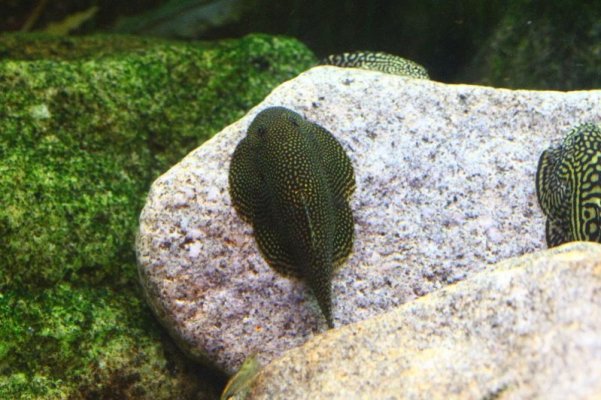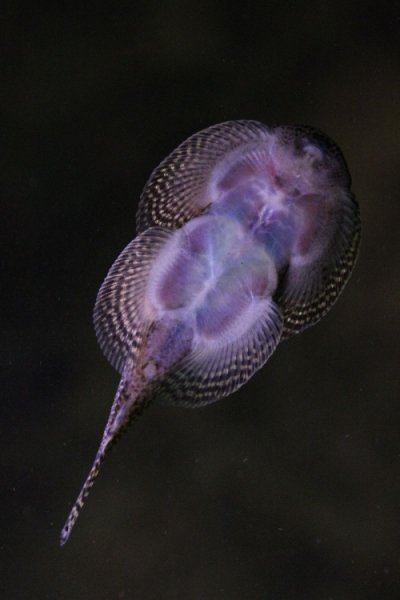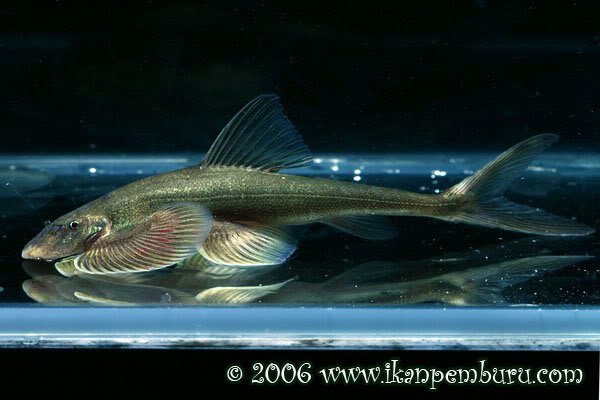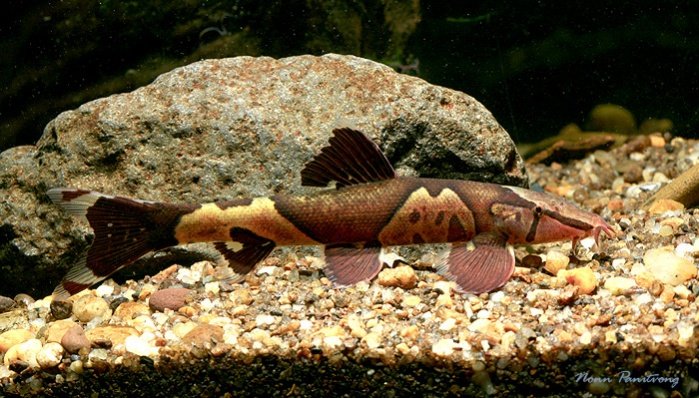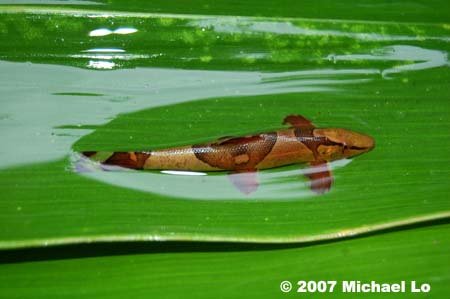Ok ok guys it's called Brachychalcinus cf. orbicularis or discus tetra
Classification
Order: Characiformes Family: Characidae
Distribution
Generally considered endemic to coastal watersheds of Guyana and Suriname with type locality the Essequibo River, Guyana, but recent records suggest it may also occur in the Río Orinoco and rio Negro drainages in Venezuela and Brazil.
Habitat
Lowland rivers, creeks and tributaries, more rarely pools or impoundments.
Maximum Standard Length
80 – 90 mm.
Aquarium SizeTOP ↑
An aquarium with a base measuring at least 120 ∗ 30 cm is required.
Maintenance
Not difficult to keep in a well-maintained set-up, though we recommend aquascaping the tank to resemble a flowing stream/river with a substrate of variably-sized, water-worn rocks, sand, fine gravel and perhaps some small boulders.
This can be further furnished with driftwood roots or branches, and aquatic plants can be used should you wish, though softer-leaved varieties may be nibbled.
Though torrent-like conditions are unnecessary it also does best if there is a high proportion of dissolved oxygen and moderate water movement. Weekly water changes of 30-50% tank volume should be considered routine.
Water Conditions
Temperature: 20 – 27 °C
pH: 5.0 – 7.5
Hardness: 18 – 215 ppm
Diet
Stomach analyses of wild specimens have shown it to be an opportunistic omnivore consuming a variety of aquatic invertebrates, insects, algae and plant material, though it’s unclear what proportion of the latter is consumed via the gut contents of prey items.
In the aquarium it’s easily-fed but the best condition and colours offer regular meals of small live and frozen foods such as bloodworm, Daphnia and Artemia, alongside good quality dried flakes and granules, at least some of which should include additional plant or algal content.
Behaviour and CompatibilityTOP ↑
Peaceful but it can intimidate much smaller or more quiet species with its relatively large size and somewhat vigorous behaviour, particulñarly at feeding times.
It makes an ideal addition to larger community aquaria, where it can be combined with similarly-sized characids, cichlids such as Geophagus, Satanoperca, or Heros spp., callichthyid, and loricariid catfishes.
It’s a schooling species by nature so ideally 8-10 specimens should be purchased. Maintaining it in decent numbers will not only make the fish less skittish but will result in a more effective, natural looking display. In addition, any aggressive behaviour will normally be contained as the fish concentrate on maintaining their hierarchical position within the group.
Sexual Dimorphism
Presumably adult females grow a little larger than males and are noticeably rounder-bellied when gravid, while males possess very small hook-like extensions on the anal-fin rays.
Reproduction
We’ve been unable to locate any detailed record but according to Baensch, spawning is possible in large aquaria and a single female may deposit up to 2000 eggs in a single event.
This should be very dimly lit and the base covered with some kind of mesh of a large enough grade so that the eggs can fall through but small enough so that the adults cannot reach them, or largely filled with fine-leaved plant such as Taxiphyllum spp. The adults should be removed post-spawning with fry swimming freely after around six days.
NotesTOP ↑
The genus Brachychalcinus currently contains five species: B. copei (Steindachner 1882) from the rio Madeira and rio Solimões; B. nummus Böhlke 1958 from the Upper Amazon region in Colombia, Ecuador and Peru; B. orbicularis (Valenciennes 1850) from Gyuana and Suriname (but see ‘Distribution’); B. parnaibae Reis 1989 from the rio Parnaíba basin; B. retrospina Boulenger 1892 from the Rio Paraguay system.
